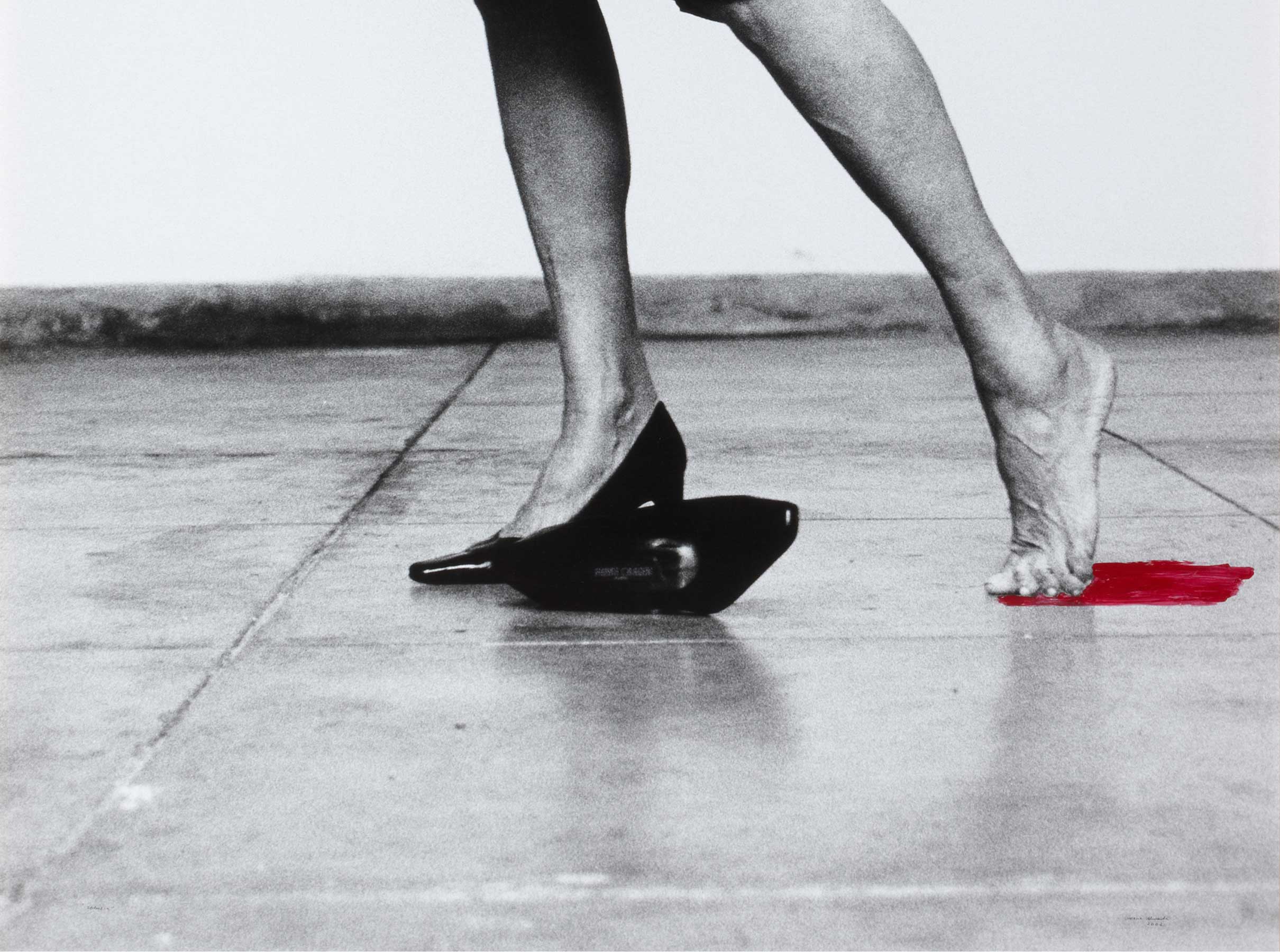Luis García-Ochoa was educated at the Higher School of Architecture in Madrid and the San Fernando School of Fine Arts. Most importantly, he worked at his father's architecture studio, where he first became acquainted with avant-garde art. After a period during which his work tended towards post-impressionism and fauvism, he evolved towards a form of expressionism characterised by vigorous lines, loud colours and rotund volumes, of undeniable pictorial quality. However, the turning point in his career came through the influence of the cubism of Benjamín Palencia. García-Ochoa joined the Second School of Vallecas, a poetic/artistic movement initially founded by Palencia and the sculptor Alberto Sánchez Pérez in 1927 and reactivated by Palencia after the Spanish Civil War, laying the foundations for what was, after 1945, to become known as the Madrid School or Young Madrid School.
The post-impressionist inspiration behind Houses can be seen in the saturated use of colour and the technique of impasto, capable of effectively and smoothly reflecting both the play of light and shade and the three-dimensionality of the volumetric landscape. While the cubist influences of Picasso and, above all, Benjamin Palencia, are evident, Houses also owes much to Paul Gauguin and Pierre Bonnard, especially in the treatment of the sky and the horizon, where the artist's exquisite approach is capable of summarising the serenity of nature, standing in contrast to the manmade architectural forms.
Other works by Luis García-Ochoa

![Casas [Houses]](/f/webca/INF/assets/img/fff.png)